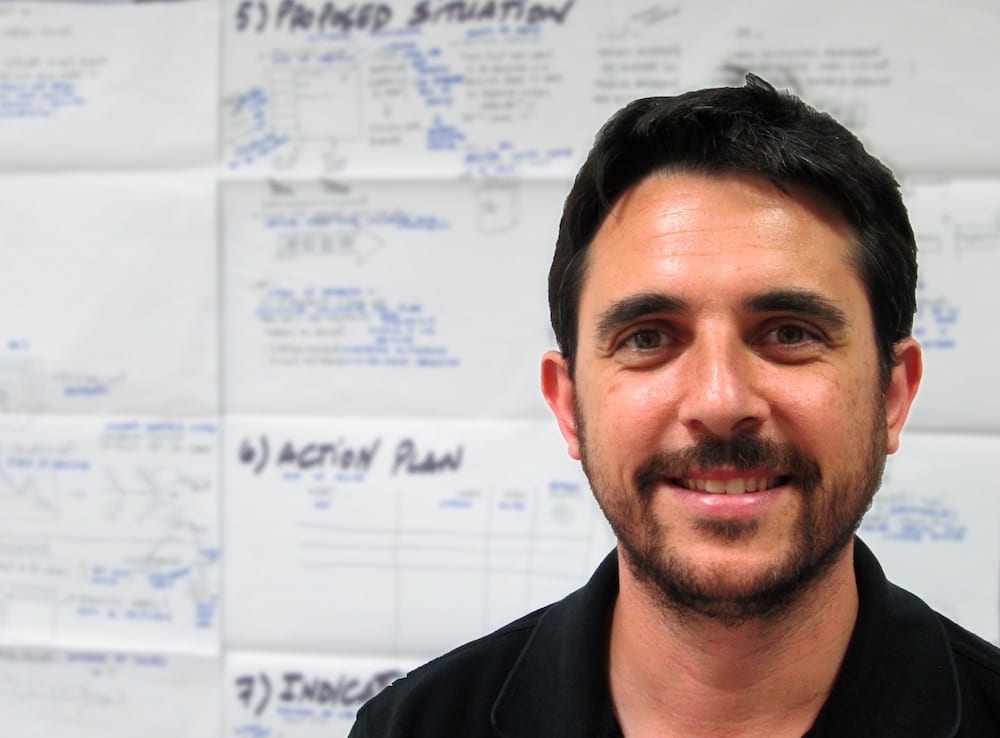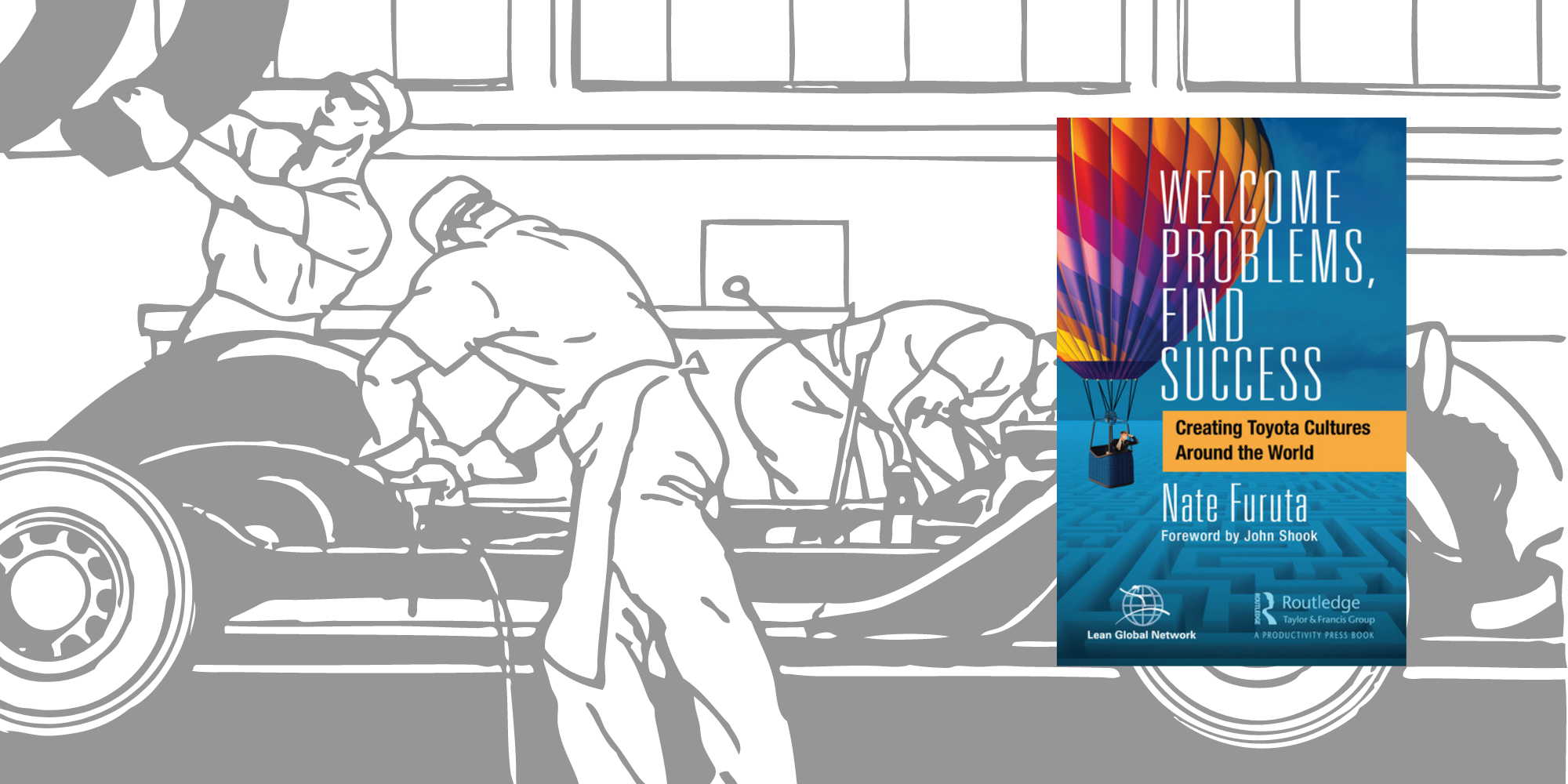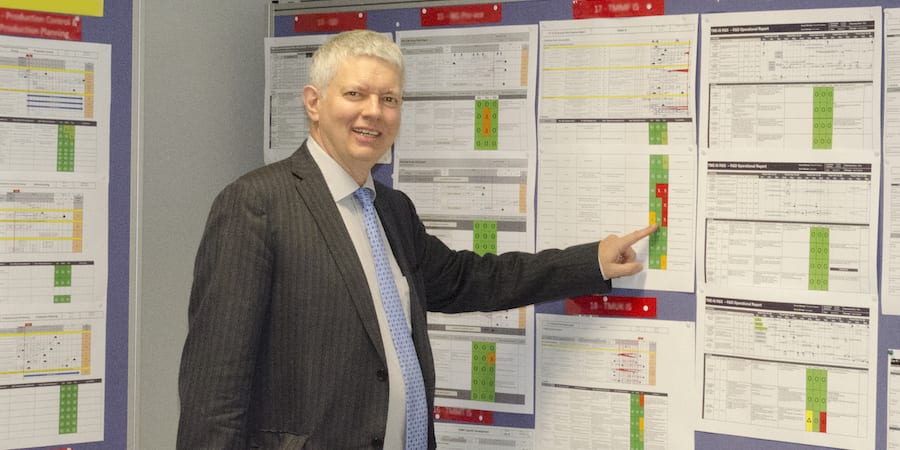
What sustainability looks like
OPINION – The team at Instituto Lean Management in Barcelona comments on recent news from the Catalan healthcare sector and reflects on lean sustainability.
Words: Oriol Cuatrecasas, Cristina Fontcuberta, and Néstor Gavilan – Instituto Lean Management, Barcelona
Earlier this week, an article came out on La Vanguardia, Catalonia’s leading newspaper, titled “Rebelión de jefes en Vall d’Hebron por el relevo de su gerente” – Managers at Vall d’Hebron Hospital Rebel after Chief Dismissed.
For the past few years, the Vall d’Hebron Hospital (the largest healthcare center in Catalonia) has been engaged in an ambitious and successful lean transformation, which included pioneering efforts in the application of hoshin kanri in a healthcare setting. The transformation – which achieved remarkable improvements in the provision of care – was led by Dr. Vicenç Martínez Ibañez, who was suddenly dismissed by the Department of Health.
The La Vanguardia article explains how – in a move rarely seen in the healthcare sector – 43 out of 48 Department Managers at the hospital signed a letter demanding an explanation from Salud (the Department of Health) as to why their Director was being replaced.
In their letter, they point out that over the past four years, they have gone from taking care of their own department exclusively to actively participating in every change carried out across the hospital and in deciding where to take the organization. They say: “The participation of doctors in the management of hospitals is key to ensuring they are run effectively and given the tools to successfully face up to future challenges. A more active participation of staff (not just doctors) in the decision-making process has been an important aspect of the shift in model brought in by Dr Martínez Ibañez.”
Managers at Vall d’Hebron are actively involved in the daily running of the hospital, the decision-making process and the deployment of the organizational strategy. They maintain that, thanks to this new (lean) management model, they are now working in a leading, 21st-century hospital. They also stress that this modernization is based on a people-centric model that has resulted in better patient outcomes – from shorter waiting lists to a lower deficit, from better relationships with support centers and primacy care to better patient flow, from higher levels of safety to stronger ties with leading European hospitals.
For all these reasons, they are requesting that “the opinion of staff members, those who look after patients every single day, is taken into account.” Critically, they would like to keep progressing on their lean transformation under the new management.
When we talk about lean transformations, one of the main difficulties we encounter is sustainability. In most cases, lean transformations are initiated by a leader who mandates changes, but there are few examples of these changes surviving the leader who wanted them. Typically, once the leaders moves on, change disappears with him or her.
The improvements made over the last few years at Vall d’Hebron have led to the development of new leaders, who recognize the advantages and benefits of lean management and live and breathe this philosophy every day as part of the way they do things. This guarantees the sustainability of the transformation, regardless of the presence of the leader who started it all.
Vall d’Hebron and the management model brought forward by Dr. Vicenç Martínez Ibáñez and his team are a clear example of the implementation of two of the key principles that, according to Jeffrey Liker, lie behind the success of Toyota: “developing leaders who perfectly understand the work, live the philosophy and teach it to others” and “developing people and teams who follow the philosophy of their organization”.
We are grateful to this organization for representing such an extraordinary example of a sustainable lean transformation. We strongly encourage them to continue with their ongoing and already successful lean transformation.
THE AUTHORS



Read more


FEATURE – The Lean Global Network just published a new book by Kiyoshi “Nate” Furuta sharing compelling examples of how Toyota principles and culture can be effectively spread to new environments.



PROFILE – A commitment to learning and the humility to understand we never really know enough have led a Belgian mathematician to become a polyglot… and the CIO of Toyota Motor Europe.


PROFILE – In an industry dominated by star chefs and big egos, meeting a humble leader who has made people development his battle cry is a breath of fresh air. PL interviews Legal Sea Food’s Richard Vellante.


FEATURE – Pure and simple management by indicators can be a trap leading us to make decisions that are inconsistent with the real needs of a company. The balance between facts and data is key.

